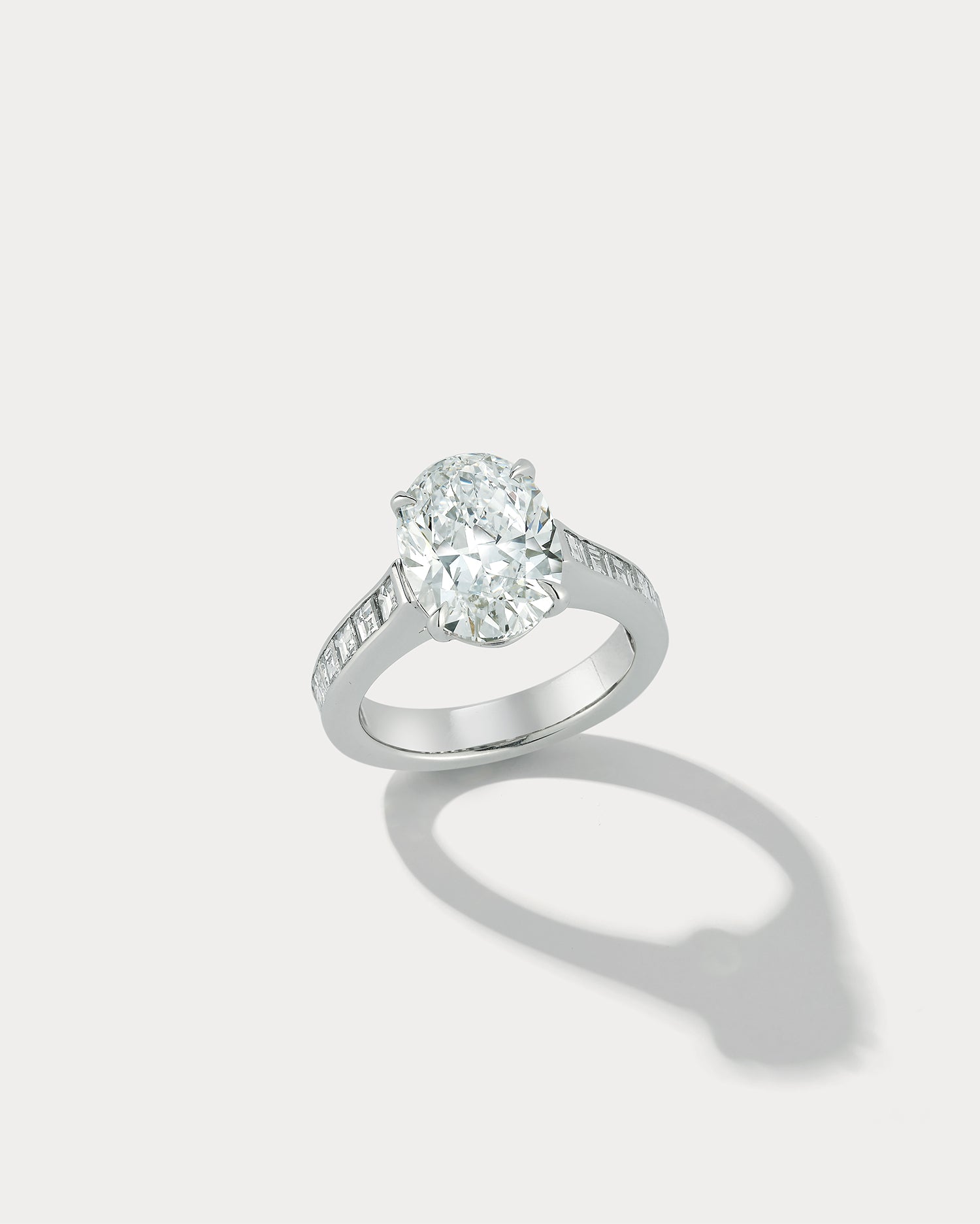Diamonds are timeless symbols of elegance and luxury, captivating the hearts and minds of people for centuries. Yet, beyond their inherent beauty lies a world of intricate craftsmanship and precision. Central to a diamond's allure is its cut, a factor that significantly impacts its brilliance, fire, and overall visual appeal. In this comprehensive guide, we delve deep into the realm of diamond cuts, unraveling the mysteries behind these exquisite creations.
Understanding Diamond Cuts
The Importance of Cut:
The cut of a diamond refers to its proportions, symmetry, and polish, all of which influence how light interacts with the stone. A well-cut diamond reflects light internally, maximizing its sparkle and radiance. Conversely, a poorly cut diamond may appear dull and lackluster, diminishing its beauty and value.
Anatomy of a Diamond:
Before delving into specific diamond cuts, it's essential to understand the basic anatomy of a diamond. Each diamond consists of several key components, including the table, crown, girdle, pavilion, and culet. These elements work in harmony to determine the diamond's overall appearance and brilliance.

Popular Diamond Cuts
Round Brilliant Cut:
The round brilliant cut is perhaps the most iconic and widely recognized of all diamond cuts. Renowned for its unparalleled sparkle and symmetry, the round brilliant cut maximizes light reflection, creating a dazzling display of brilliance. With its timeless elegance and versatility, the round brilliant cut remains a perennial favorite among diamond connoisseurs.
Princess Cut:
The princess cut is characterized by its square or rectangular shape and pointed corners. Offering a modern twist on traditional elegance, the princess cut combines clean lines with exceptional brilliance, making it a popular choice for engagement rings and other fine jewelry pieces.
Emerald Cut:
Elegant and sophisticated, the emerald cut features a rectangular shape with cropped corners and step-cut facets. Known for its understated glamour and vintage charm, the emerald cut emphasizes clarity and showcases the diamond's natural beauty with its open, elongated silhouette.
Asscher Cut:
Similar to the emerald cut but with a square shape, the Asscher cut exudes timeless sophistication and Art Deco flair. With its distinctive step-cut facets and mesmerizing optical effects, the Asscher cut offers a captivating blend of vintage allure and contemporary style.
Oval Cut:
The Oval cut combines the brilliance of the round brilliant cut with the elongated silhouette of the marquise cut, resulting in a unique and eye-catching shape. Ideal for those seeking a balance of classic elegance and modern flair, the oval cut elongates the finger while maximizing sparkle and fire.
Marquise Cut:
Named after the Marquise de Pompadour, the mistress of King Louis XV of France, the marquise cut features a distinctive boat-shaped silhouette with pointed ends. Revered for its regal charm and dramatic flair, the marquise cut elongates the finger and creates a captivating sense of movement and grace.
Choosing the Perfect Diamond Cut:
When selecting a diamond cut, it's essential to consider various factors, including personal style preferences, budget, and intended use. Whether you prefer the timeless brilliance of a round brilliant cut or the modern allure of a princess cut, each diamond cut offers its own unique charm and appeal.
Conclusion:
In conclusion, diamond cuts play a pivotal role in determining the beauty, brilliance, and overall value of a diamond. From the classic elegance of the round brilliant cut to the modern sophistication of the princess cut, each diamond cut has its own distinctive characteristics and allure. By understanding the intricacies of diamond cuts, you can make an informed decision when selecting the perfect diamond for any occasion.
